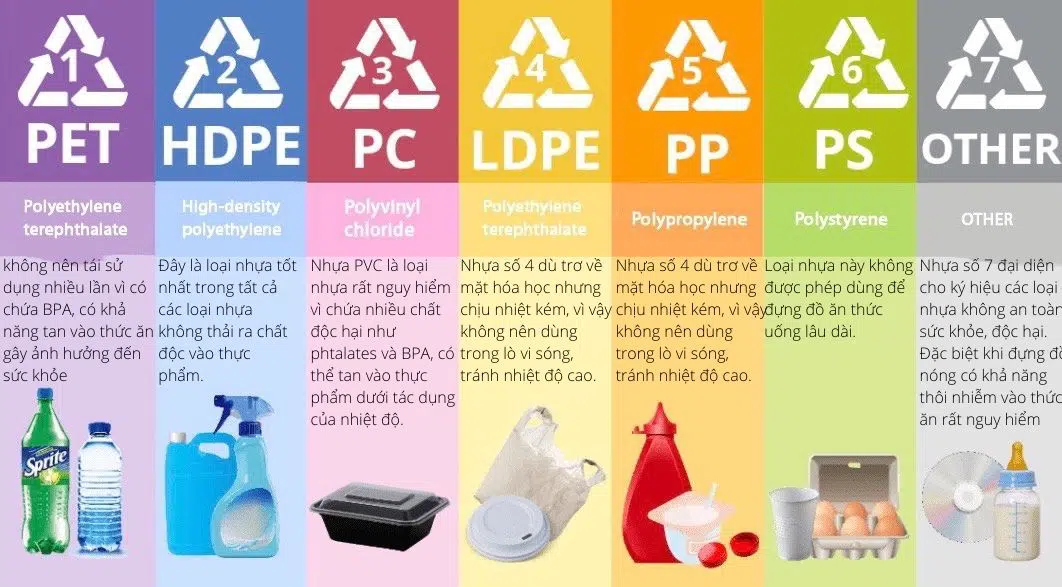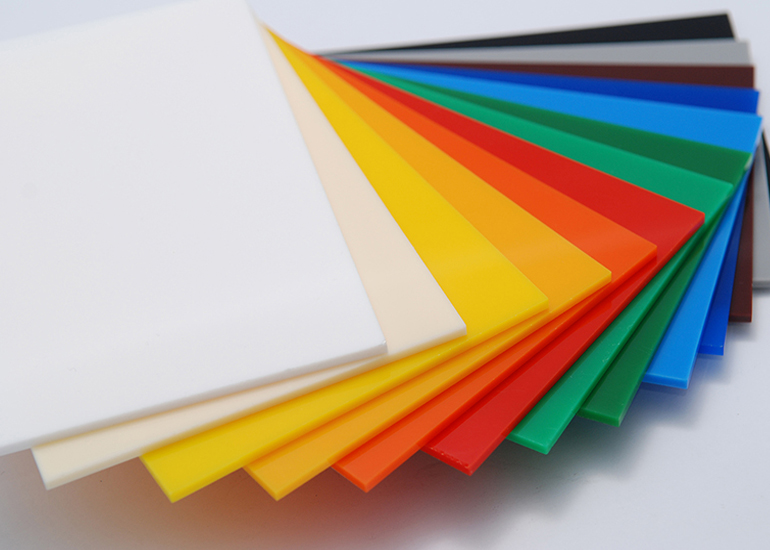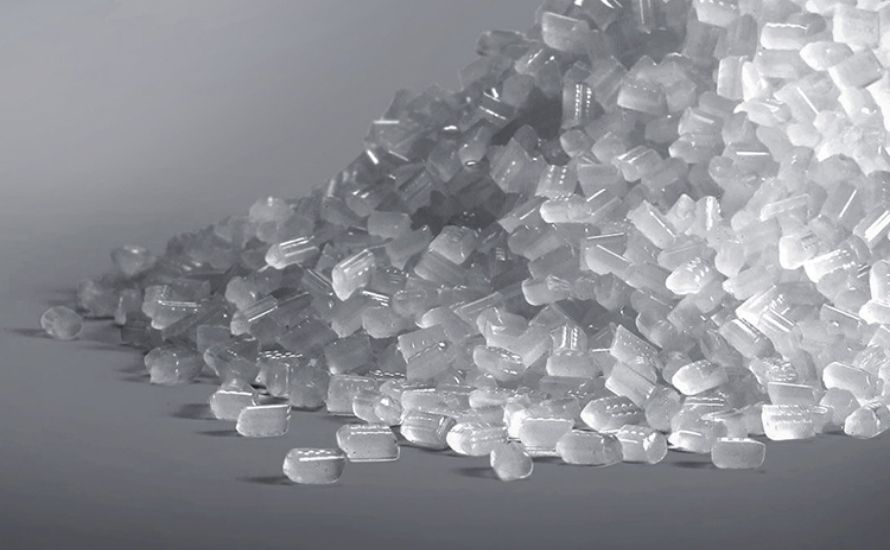PE plastic is a popular type of plastic with different characteristics compared to other types on the market. In the following article, TAELIM will provide information about this type of plastic and notes for safe use.
Find out information about what PE plastic is?
PE plastic, also known as Polyethylene, is a type of plastic with high flexibility, opaque white color and light transparency. In terms of structure, PE consists of ethylene molecules (CH2-CH2) linked together through saturated hydrogen bonds and located next to two carbon atoms. The production process of Polyethylene is carried out by polymerization of ethylene monomer (C2H4).
PE plastic stands out with its glossy surface, high aesthetics and heat resistance up to 230°C. In addition, this type of plastic also has properties such as insulation, heat resistance, water resistance and good gas resistance. However, they are easily affected when exposed to strong cleaning chemicals, which can cause swelling and damage.
Currently, the world consumes about 60 million tons of plastic each year, which is also the most popular plastic in the world. PE is widely used in many fields such as industry, plumbing fittings, printing, and the electrical industry.
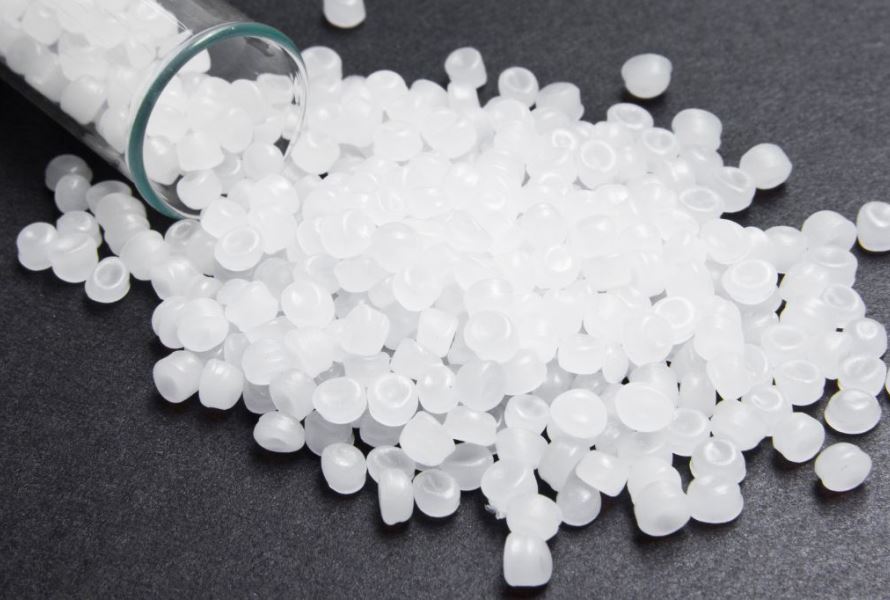
>>> See more: Comparison of Properties of PET and PP Plastic & Basic Applications
Distinguishing PE plastic and some common types of plastic
Currently, there are many different types of plastic on the market with distinct characteristics. Below is information on common types of plastic and how to distinguish PE from other types for you to understand.
| Types of plastic | Characteristic | Advantage | Disadvantages |
| PE plastic |
|
|
|
| PP plastic |
|
|
|
| PVC plastic |
|
|
|
| PC plastic |
|
|
|
| PET plastic |
|
|
|
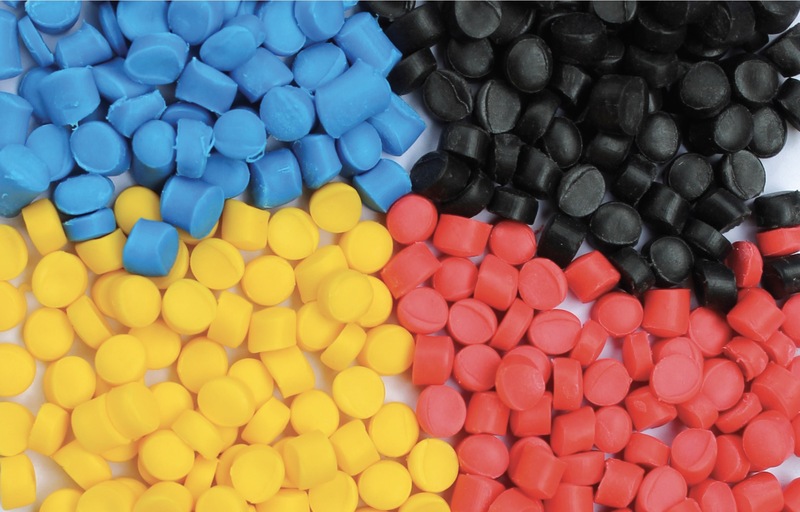
Is PE plastic toxic and special notes when using it?
PE plastic is generally considered safe and harmless in its solid state, such as when used to make cups, glasses, trays, or plastic containers. However, when heated to the point of melting, it can produce toxic substances. Therefore, to ensure safety, you should note the following points:
- Avoid overheat: Do not use an air fryer or microwave oven at too high a temperature (over 110°C) on PE plastic products, especially when storing foods containing a lot of fat. This can cause deterioration and be dangerous if the appliance is not specifically designed for hot foods.
- Proper cleaning: When cleaning plastic containers, use paper towels to wipe off grease before washing with dishwashing liquid. Avoid washing directly with boiling water or using strong detergents, which may damage the product.
- Proper storage: Do not store products made from this type of plastic in places with a lot of odors to avoid the product from absorbing odors.
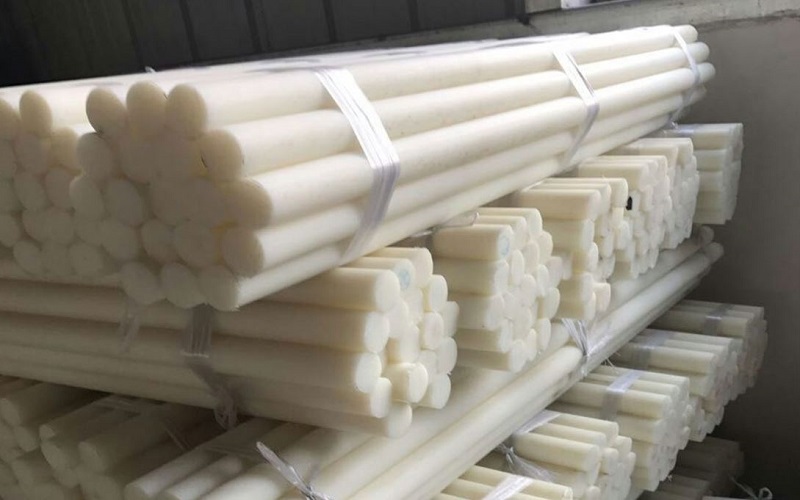
>>> See more: Common Types of Recycled Plastic Granules and Production Process
Recently, TAELIM has provided information about PE plastic and its characteristics to distinguish it from other types of plastic. At the same time, we also give you some tips to help you use plastic products safely and effectively.
TAELIM International Transport Company Limited
With the desire to support the development of the plastic industry by providing high quality plastic pellets and services. Taelim Plastic is one of the Vietnamese plastic companies with many years of experience, with a long history of development, specializing in the production, trading, import and export of recycled pellets. By applying advanced technology, meeting European standards with a strict process, we ensure to bring customers the best products and services.
ADDRESS: SH109 Vinhomes Marina, Hai Phong
PHONE: (+84) 9815 888 16
EMAIL: hatnhua.taelim@gmail.com
